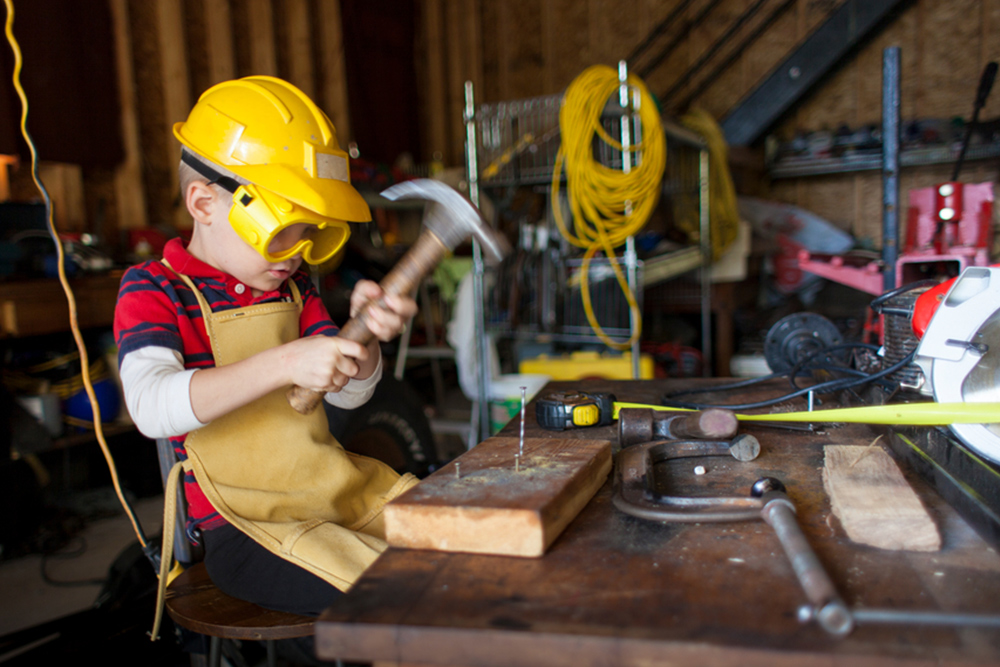The allure of buying a new-construction home is obvious: It’s new, it’s never been lived in, and it oftentimes comes with all the bells and whistles that go hand in hand with new construction.
New homes also usually boast a builder’s warranty, which, for many homeowners, are the proverbial icing on the new-construction cake. Those warranties, though, can be tricky when it comes to navigating what is (and what isn’t) covered. “Building warranties are definitely something to take note of,” says Josh Altman, a Los Angeles–based real estate agent and author of It’s Your Move. “Much like anything else in the world, these warranties vary across the board.”
Here are the top things you need to know about builders’ warranties, whether you’re shopping for new homes for sale in New York, NY, or Santa Fe, NM.
The difference between long- and short-term warranties
“Long-term [usually 10 years] is where you should have a structural foundational warranty,” says Altman. “So if anything [very bad] goes wrong, you are covered. Short-term [generally one to two years] may include things like stucco and drywall but may not include things like appliances that would not be a result of improper workmanship.”
But you’ll very likely have more than just two warranties
“In many cases, the builder will offer a one-year bumper-to-bumper warranty,” explains Keith Thompson, a real estate broker with Berkshire Hathaway HomeServices Carolinas Realty in Charlotte, NC. “This generally covers everything in the home with the exception of cosmetic, such as if the homeowner damages a wall while moving in. Beyond this, you’ll have coverage ranging from two to five years on mechanicals such as plumbing, electrical, HVAC.”
In a newly constructed home, you will also have separate manufacturers’ warranties if things such as your windows, shingles, or appliances fail, adds Thompson.
The last is a structural warranty: “Some states require the builder to provide a warranty for a particular number of years. These warranties are usually 10 years, but John Wieland Homes, for example, has offered a 20-year structural warranty for as long as I’ve been selling real estate,” says Thompson.
In Florida, adds Sharon Voss, president of the Orlando Regional Realtor Association, “a builder’s 10-year structural warranty is not only included, but required by state law.”
Your warranty usually covers a punch list of repairs
In most cases, as part of the warranty process, builders will “set up a meeting after closing but before the one-year warranty expires to go through the house and fix anything that is covered,” says Thompson. “Some builders will do this twice — once at 30 days postclosing and again at 11 months — while others will allow the buyer to decide when the meeting will be during the one-year period.”
Buyer beware: Builder-backed warranties are worthless if your builder goes under
When the 2008 recession hit, many builders went out of business — and that meant homeowners with builder-backed home warranties were really out of luck. “You have to be cautious of builder-backed warranties, because if the builder goes out of business, your warranty may become worthless,” explains Rachelle Schreiber, executive regional manager of Realty Group International.
Try to address as many issues as possible at your 30-day postclosing walk-through, as opposed to waiting until the one-year follow-up. That way, you can breathe easy if your builder does go under.
It might not be transferable
If you purchase a home from the original owner and it’s still within the first year of the warranty, you may — or may not — be covered by that same warranty, explains Voss. Be sure to find out from the builder whether the warranty is transferable from the seller to the new buyer.
Have you taken advantage of a builder’s warranty? Share your experiences in the comments below!


